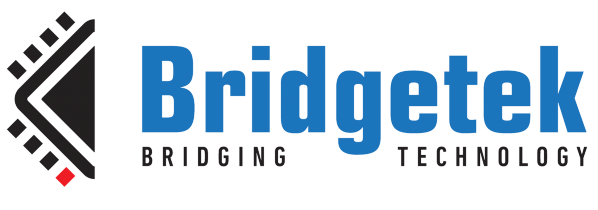
- April 19, 2024, 03:01:13 AM
- Welcome, Guest
News:
Welcome to the Bridgetek Community!
Please read our Welcome Note
Technical Support enquires
please contact the team @ Bridgetek Support
Please refer to our website for detailed information on all our products - Bridgetek - Bridging Technology
- BRT Community >
- General Category >
- Discussion - EVE >
- Limitations of showing custom fonts (ASTC) directly from flash (BT815)
Pages: [1]
 Author
Topic: Limitations of showing custom fonts (ASTC) directly from flash (BT815) (Read 8713 times)
Author
Topic: Limitations of showing custom fonts (ASTC) directly from flash (BT815) (Read 8713 times)
Pages: [1]
- BRT Community >
- General Category >
- Discussion - EVE >
- Limitations of showing custom fonts (ASTC) directly from flash (BT815)

